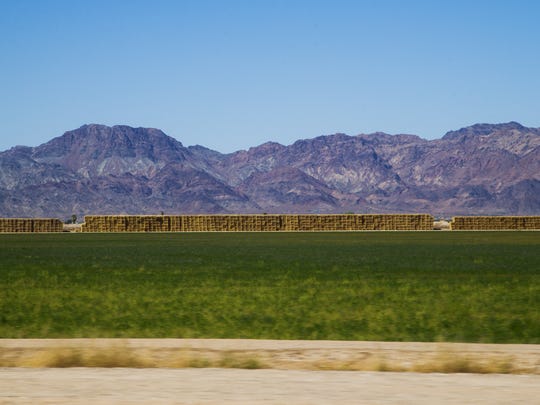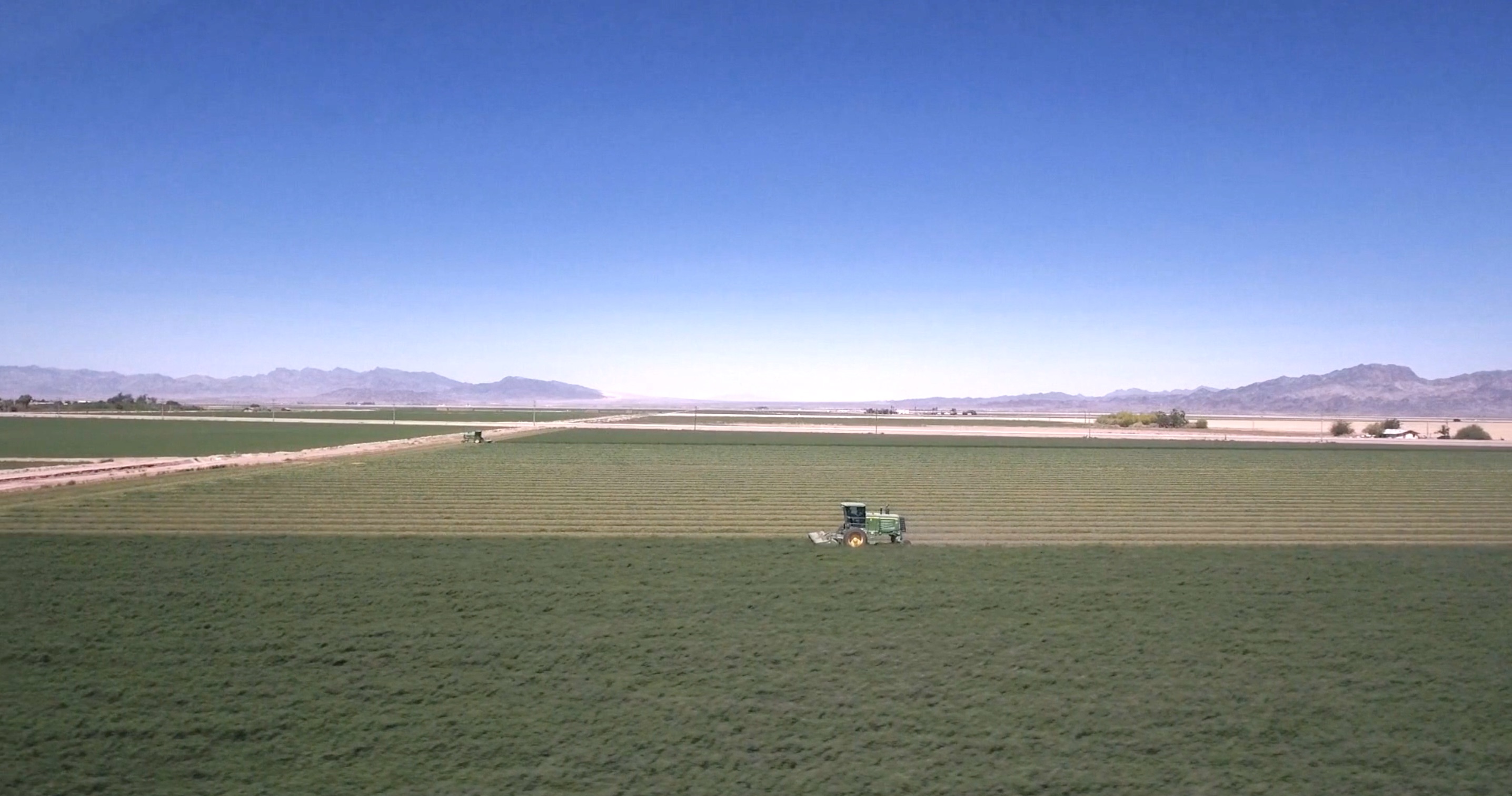black6host
Senior Member
I'll go first: BBQ. Not cooking on the grill but smoking meats long and slow in a smoker. Here's why I say that: I'm pretty good with Eastern Seaboard style BBQ (here in the US). South Carolina style in particular. I can make some mean baby back ribs, pulled port and smoked chicken. However, this is different from the style of cooking in, for example, Texas (brisket comes to mind) or Kansas City (ribs). I could follow a recipe but I'm not likely to catch the nuances because I'm not from those parts.
I know we have people from all over the globe here. I'd be interested to hear of what regions you know of that don't translate well without some local knowledge.
Oh, and I'm looking forward to trying many of the recipes here. Damn, ,this internet thing is mighty cool!
I know we have people from all over the globe here. I'd be interested to hear of what regions you know of that don't translate well without some local knowledge.
Oh, and I'm looking forward to trying many of the recipes here. Damn, ,this internet thing is mighty cool!



